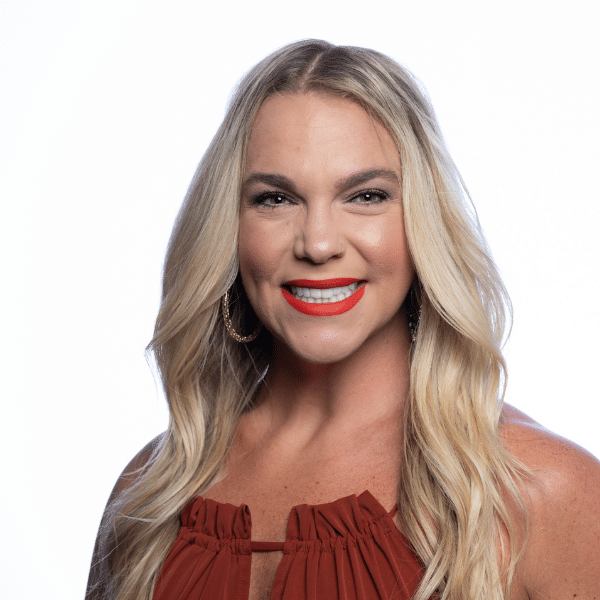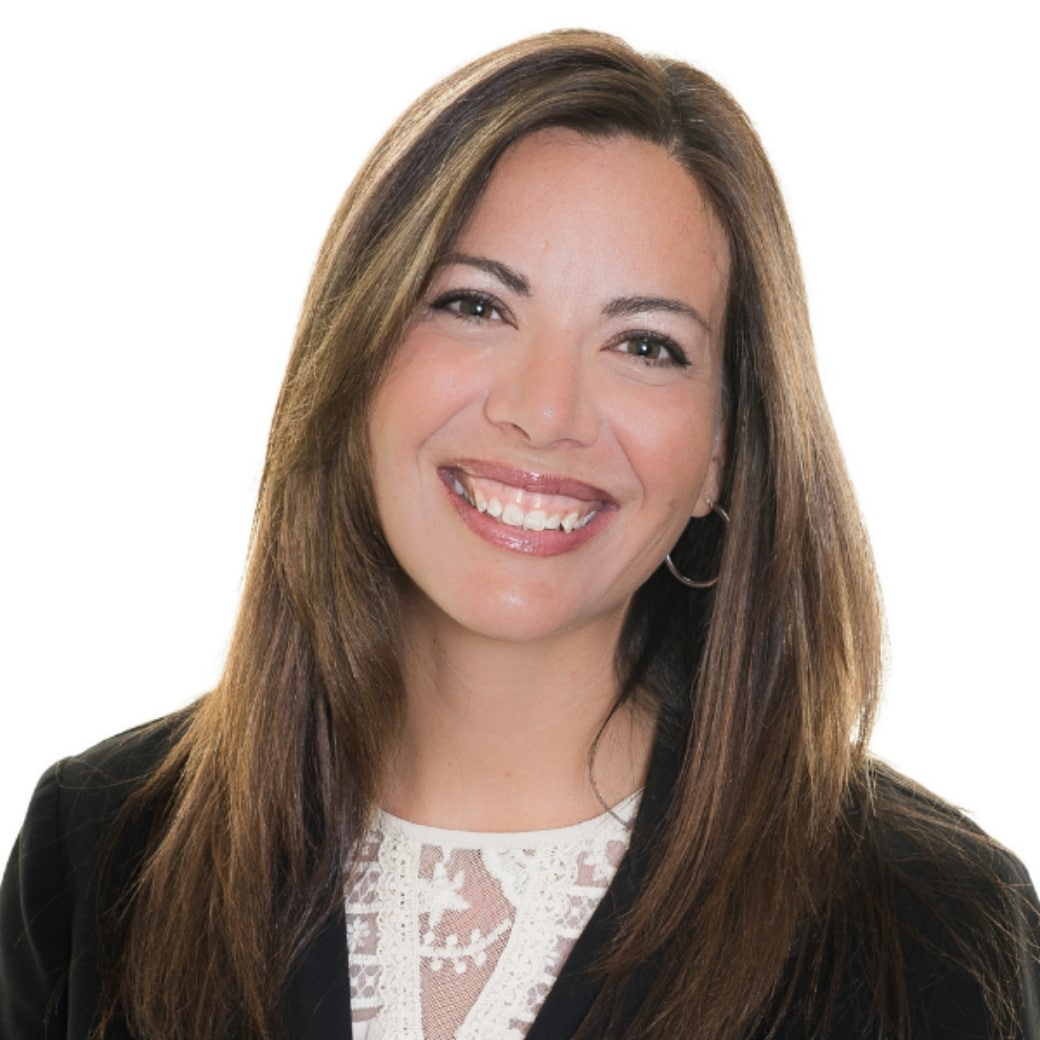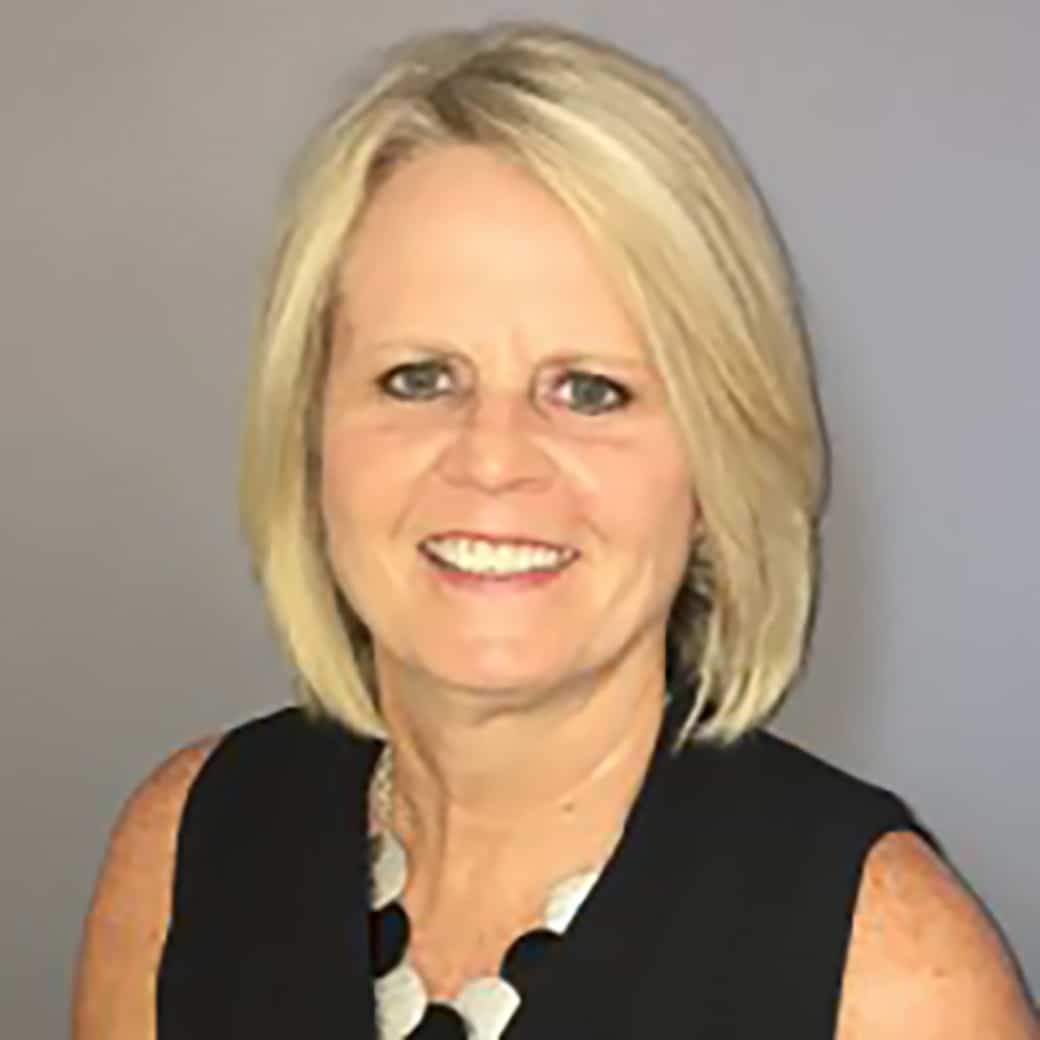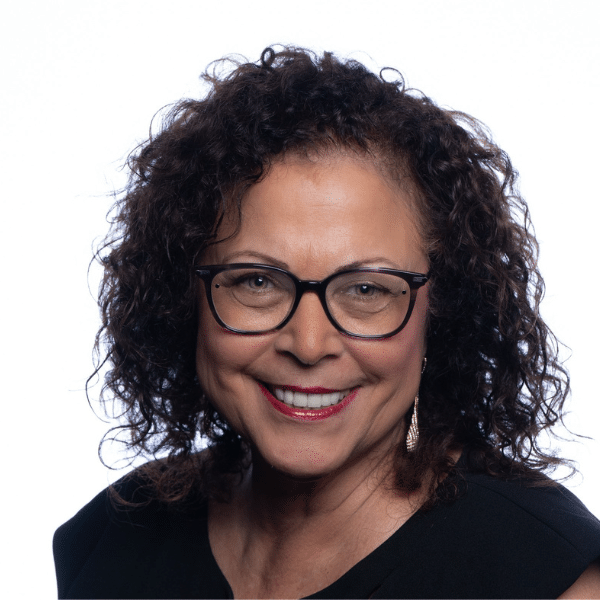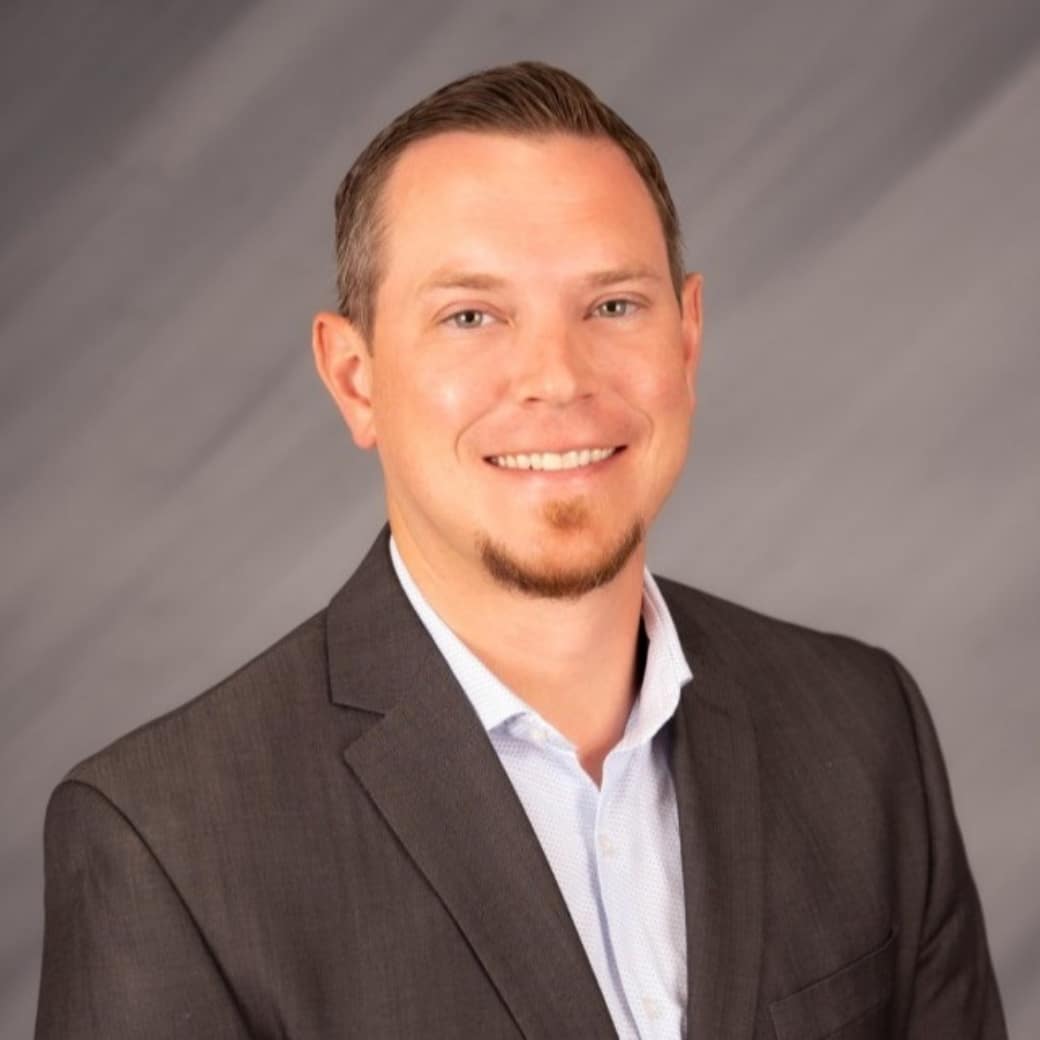Innovation Is Crashing the Gates of the Senior Living Industry
Goodwin Recruiting | Diversity & Inclusion, Hiring Advice, Industry News, Leadership, Senior Living & Healthcare | August 25, 2022
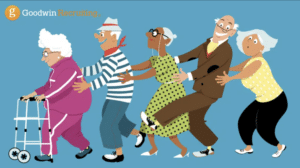
Every single day between now and 2030, approximately 10,000 Baby Boomers will reach retirement age. The U.S Census Bureau projects seniors will comprise more than 20% of our population by then. In response to aging demographics and accelerating retirements over the past couple of years, the momentum has been coined as The Graying (or Aging) of America, The Great Retirement, The Retirement Tsunami, and other terms capturing the seismic shift.
By any name, though, the shift is still a rose – for aging seniors and senior living communities alike. Both are evolving in what they want and need. Both are committed to the exceptional quality of life in the years ahead. The future is bright for all with sure and constant progress.
For providers, the potential for evolution and growth is substantial. Innovation and investments in multiple areas of the industry are being conceived, designed, and delivered to enable seniors to thrive in every area of life and, in turn, ensure prosperity for providers and their communities.
Here’s how communities are moving forward
Due in large part to the impact of the pandemic on senior living and the even greater impacts of technology on the industry, providers are morphing into something new and better. They are initiating and adapting to monumental changes in how they operate, what services and amenities they provide, the technologies and tools they adopt, and the human resources challenges they are managing to maintain business continuity and add greater capacity and capabilities to their ranks.
Most of all, providers are hard-wired to the realities of what it takes to succeed – meaning how they appeal to residents and attract potential residents, without whom they would cease to exist.
Here’s one of those realities: Seniors don’t want to merely subsist or relax. Far beyond housing, they want or need personal care, medical care, lifestyle enrichment, and community engagement. Some still want to work, and many want to continue learning (education).
In May, SeniorLiving.org shared characteristics of the Baby Boomer generation. Today, we see evidence of how these lifelong characteristics are creating demand and shaping the future of senior living communities. Providers that cater to these core values are finding greater success:
- They value individual choice.
- They see community involvement as necessary and essential.
- They seek health and wellness in new ways.
- They are self-actualizing.
- They are confident in the tasks they do.
- They work hard to avoid conflict and seek more pleasant ways to communicate.
- They adapt easily to change.
- They maintain a positive attitude throughout their days.
- Most are very goal-oriented, but they also work well in teams.
- They are the generation that initiated and still values movements toward civil rights.
How fundamental changes are reshaping the industry
Speaking of different terms, some providers are redefining who they are. As recently shared by WhereYouLiveMatters.org, one way that providers are changing is by calling themselves something different. They noted, for example, that instead of self-describing as a Continuing Care Retirement Community, they now prefer the term Life Plan Community. Regardless of the term used, they said, today’s best communities emphasize the benefits of an engaging lifestyle and a full continuum of support services, which include but are not limited to:
Trends in senior living:
- Specialized staff (counselors, massage therapists, physiotherapists, psychiatrists)
- Personalized staff (geriatric care managers, gourmet chefs, nutritionists, personal trainers)
- Total well-being (education, lifelong learning, exercise programs, food and nutrition classes)
- Senior-friendly tech (laptops and smartphones with large buttons and displays)
- PERS (personal emergency response service tools to keep residents safe)
- Resident portals (internal websites offering private access to concierge services)
- Voice assistants (such as Amazon Echo/Alexa or Google Home to help with daily schedules)
Changes in care:
- Virtual reality (to enable residents to reenact favorite hobbies or have calming experiences)
- Robotic pets (for memory care residents to hold and respond to soft, lifelike animals)
- Tracking resident activity (for staff to follow and learn from resident participation in activities)
- Monitoring devices (wearable devices, motion detectors, smart mattresses)
- Smart pillboxes (to remind residents to take medications and control dosage and timing)
More top senior living trends
The SeniorTrade 2022 Trend Report (available for download here) examines major trends that emerged during the pandemic, which required senior living communities to quickly respond on multiple fronts. Here are a few of the trends creating positive disruption in the senior living industry today:
- Senior living as a service: According to the report, this initiative among providers focuses on custom solutions that support seniors ‘where they are’ – and how seniors are not looking for one-size-fits-all solutions. Personalized, customized options are in greater demand, ones that tailor programs to appeal to individual needs, interests, and goals. These offerings are enabling providers to stay competitive and increase appeal among existing and potential residents.
- Affinity communities: These communities-within-communities enable residents to share certain common interests or other factors, such as common race or religion. When residents share things in common, connections deepen, and a sense of community is created to combat loneliness and establish a greater sense of belonging. The report projects an increase in such communities in senior living.
- Power of purpose: The report details the value retirees place on having a purpose (think Baby Boomer characteristics) and their willingness to volunteer for that purpose. Benefits are realized through reduced pain, fewer sleep challenges, fewer chronic diseases, and an increased likelihood of being physically active. Providers are helping residents find a purpose where they can use their talents and knowledge to help others, facilitating connections among residents and society.
- Inclusivity: The report also highlights the importance of diversity and how barriers to community diversity reflect limited diversity in leadership and within the community itself. Religious and ethnic affiliations can also make a community appear to be exclusive. While there isn’t a quick fix, it’s important that executives spend time in the field to understand the problem and demonstrate a commitment to making their community more inclusive.
The full report linked above offers detailed information to help senior care professionals ensure their own predictions and plans are on par with the industry’s changing direction.
3 fastest-growing IT trends
As each year passes, the need for improved technology grows in senior living. Individuals looking to move into a senior living community want different, better, and more intuitive capabilities than in the past. From Wi-Fi to video calls, telehealth visits with doctors, learning opportunities, and much more, here are three major IT advancements and trends creating a more connected, fulfilling – and safe – experience for community residents. They center on social engagement, infection prevention, and fall prevention. Be sure to visit the link for detailed ideas and recommendations on how to approach or improve your IT advancement initiatives.
- Connectivity and Social Engagement: Today’s senior living residents rely on personal devices and video streaming to connect with family and friends. To adequately support high-speed connectivity and keep it reliable and to simultaneously decrease a sense of isolation among residents, communities need a robust network infrastructure and Wi-Fi connectivity, including ample bandwidth that covers the whole facility, including residents’ rooms.
- Infection Prevention: The pandemic underscored the need for more advanced IT solutions to manage staff, residents, and visitors, as well as emergency communications and contact tracing. This trend is expected to continue this year and beyond. Technologies supporting these needs include real-time location systems (RTLS); contract tracing reporting systems; asset tracking technology (to quickly identify the location of vital equipment); geolocation technology (to create safe zones and off-limit areas for residents); thermal temperature scanners; and building security systems (access control and video surveillance).
- Fall Prevention: According to the Centers for Disease Control and Prevention (CDC), every second of every day, an older adult (age 65+) suffers a fall in the United States, making falls the leading cause of injury and injury death in this age group. Prevention is a top concern in senior living. State-of-the-art solutions are available to detect falls (some offer video support), automatically trigger a call for help, and help staff make adjustments that can prevent future falls.
Top talent acquisition is key to keeping communities strong
According to the American Health Care Association – National Center for Assisted Living, the long-term care industry has lost more than 400,000 workers since the beginning of the pandemic. Talent management within the senior living industry is both competitive and complex, with every role being essential. Today’s providers need fast access to highly qualified talent.
Goodwin Recruiting‘s senior living recruiting specialists have deep expertise within these communities and for all types of senior living facilities. Whether you need an executive, managers, directors, IT specialists, highly skilled medical professionals, or support with day-to-day operations, we can help. If you are looking for a job in the senior housing industry, our team can help you find the right fit for your career within this growing sector.
Share This Article









